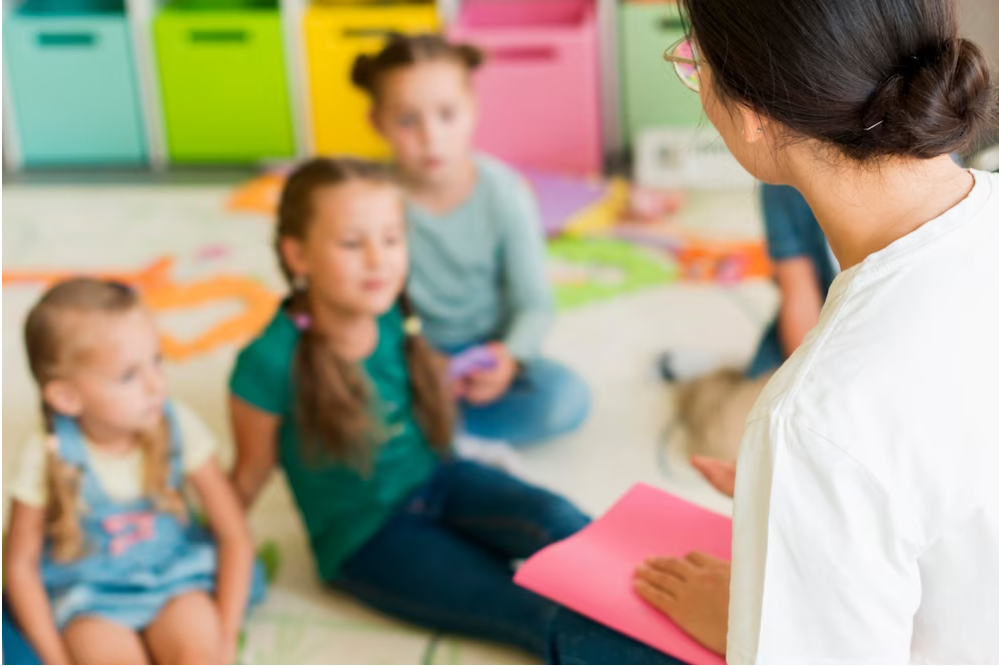
At a time when school and home pressures mean it’s not uncommon to see signs of stress amongst students, mindfulness has taken an important role in helping young learners move forward positively. But what is mindfulness?
Essentially, mindfulness is a way of being present in each moment, noticing what you are experiencing—with compassion and without judgement. The benefits of mindfulness included increased concentration and engagement; greater decision-making skills; and an improvement in our attention span, focus, sleep, compassion, and self-esteem.
In the classroom, mindfulness helps develop a common language among teacher and students that can be used to work through moments of student stress or anxiety (“Let’s stop and take a breath,” “Was that a mindful decision?”). Interested in including mindful practices in your class? Read on.
Four points to consider before beginning
1. Include yourself in the practice
Incorporating mindful practices in your classroom will be far easier if you’re working on them in your own life. Complete newbies often find it helpful to associate mindful activities with a particular time of day; such as during the commute to work, while doing the dishes, eating, or walking to the local shops. For more, check out these other mindfulness for teachers tips.
2. Make it positive
In class, make an effort to cultivate activities that are special and different from the class’s usual routine. Don’t be afraid of ritual, such as dimming the lights or using a bell to signify the beginning and end of an activity. The idea is to create a positive feeling.
3. Remember: there is no failure
This goes for you and your students. Minds will wander: The idea is to try again.
4. Be clear about emotions
A very important part of mindfulness is identifying and naming our emotions. Make a conscious effort to cultivate vocabulary for different emotions, especially when teaching children.
The following activities are particularly suited to young learners, however, can be adapted to suit any age or level.
Mindful activities for learners
1. Mindful breathing
This activity is great for bringing the mind back to the importance of our breath. As it turns out when we’re stressed we take shallow breaths. On the other hand, deeper “belly breaths” focus our attention and calm us. Sitting or standing, ask your students to breathe deeply and slowly for around five minutes. Ask them to count to three on the inhale and three again on the exhale. You may like to suggest they put their hands on their stomachs to feel the air as it moves in and out.
2. Color breathing
Ask your students to think of a relaxing color and another color that represents anger, frustration, or sadness. Now, have your students close their eyes and imagine they are breathing in the relaxing color and letting it fill their entire bodies. On the exhale, ask them to picture the “negative” color leaving their body and dissipating throughout the room.
3. The five senses
This next activity is a great little exercise to do when experiencing a moment of stress, or as a way to reconnect. Relax and ask yourself:
- What are five things I can see?
- Four things I can touch?
- Three things I can hear?
- Two things I can smell?
- One thing I can taste?
Original Source: https://teacherblog.ef.com/daily-mindfulness-for-students-6-activities/